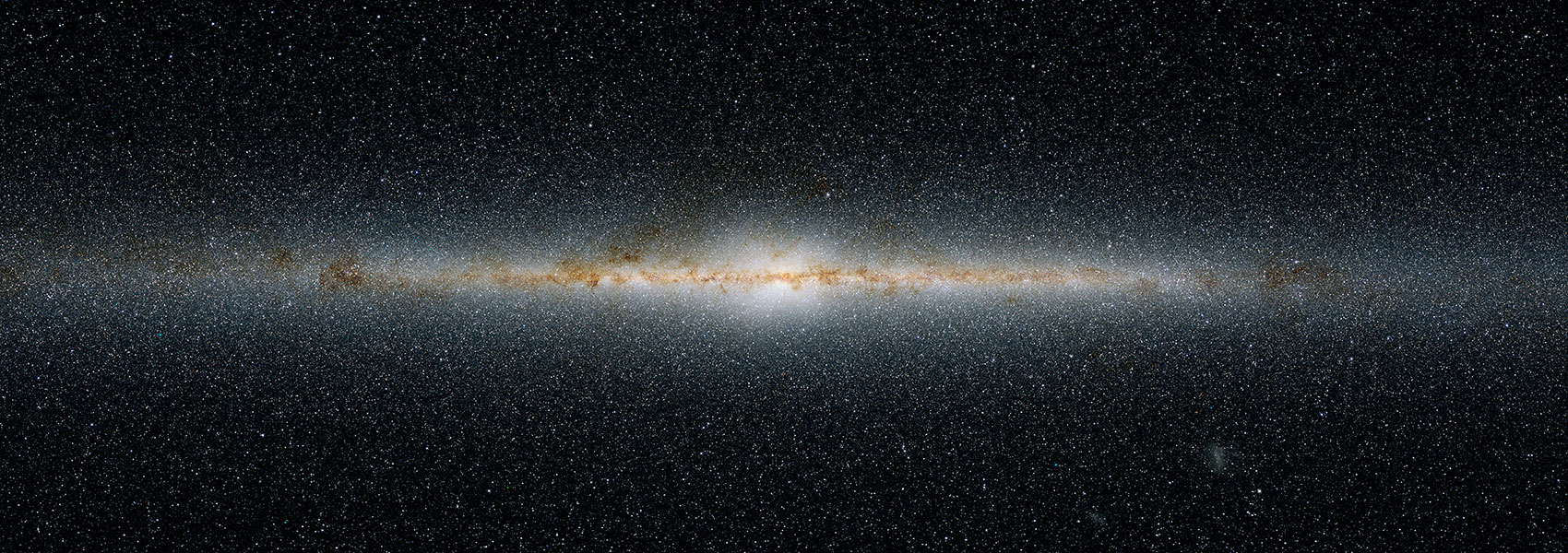March
1995
•
1995AJ....109.1173S
Authors
•
Shupe, D. L.
•
Armus, L.
•
Matthews, K.
•
Soifer, B. T.
Abstract
•
We report new high-resolution near-infrared imaging observations of the planetary nebula J900, in broadband J, H, and K, and narrowband 2.122 micrometers (for H2 1-0 S(1)), Brackett-gamma, and continuum filters. The H2 images reveal a remarkable set of outward-extending features not detected in any previous observations of theis object. In the northwest lobe of the inner bipolar region, the H2 emission, Brackett-gamma emission, and underlying continuum are spatially resolved. The relative positions of the peaks of the line emission suggest an ionization front seen edge-on. The continuum emission, apparently located nearer to the central star, is likely due to transiently heated small dust grains. The extended H2 emission features are probably excited either by oblique shocks caused by material ejected from the nebula, or by radiation leaking from holes in the opacity surrounding the ionized shell.
Links




